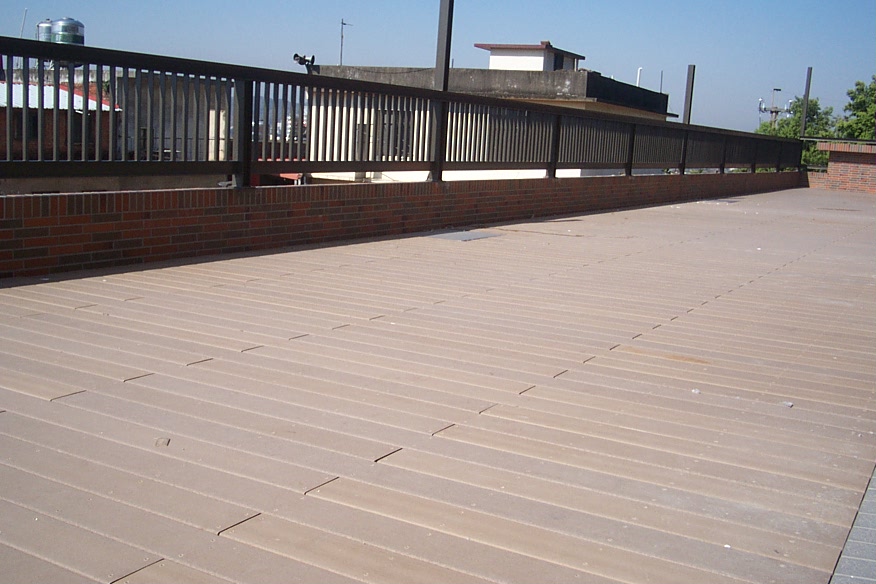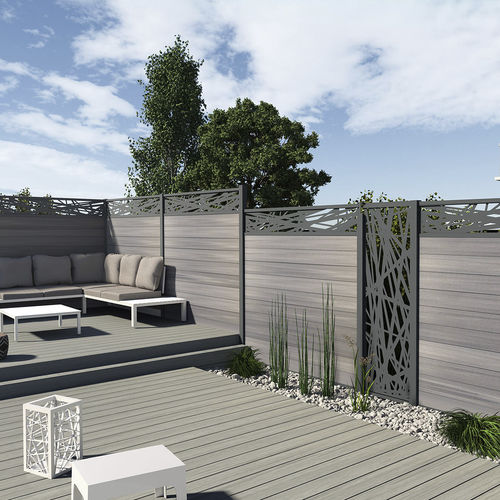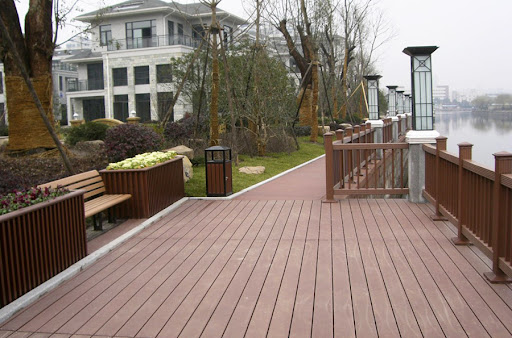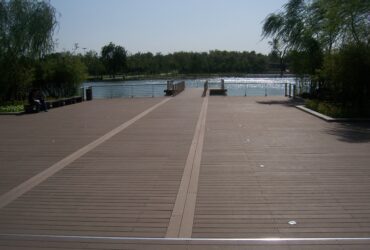Progress in Fiber Reinforced Plastic Wood Materials
As the output and application scope of plastic-wood composite materials continue to expand, problems such as poor toughness and creep have gradually been exposed.At present, there are many studies on the reinforcement and toughening of plastic-wood composites. The main methods include adding reinforcements (rigid particles, reinforcing fibers), improving the toughness of the plastic matrix (plastic modification treatment),Use compatibilizers to improve the interfacial compatibility between biomass fibers and polymers, etc.Reinforcement fibers have been widely used in polymer composite materials, and they also have a relatively effective reinforcing and toughening effect on plastic wood. In the 1940s, due to the needs of the aviation industry, glass fiber reinforced plastics appeared in front of the public. Since then, fiber reinforced composite materials have developed rapidly.

With the maturity and advancement of fiber manufacturing technology, high-modulus, high-strength fibers such as carbon fiber, aramid fiber, and silicon carbide are gradually used as reinforcing phases and added to the resin matrix to make composite materials, with significant reinforcing effects. Similarly, adding fibers to wood-plastic composites to prepare multi-composites composed of thermoplastics, wood powder and fibers can greatly improve the strength of wood-plastic composites. With the rapid development of materials science, more and more fiber types are used to reinforce composite materials, such as glass fiber, carbon fiber, basalt fiber, mineral wool, polyester fiber, etc.; natural cellulose fiber has the advantage of being environmentally friendly and pollution-free. In recent decades, it has been increasingly used to reinforce polymer materials. These fibers can be used to improve the mechanical properties of plastic-wood composites.
Wood-plastic composite materials have developed rapidly for more than 20 years with their unique environmental advantages. After experiencing the current bottleneck period, the next step is bound to be high efficiency, high performance, and high quality. Adding reinforcing fibers to improve the strength of wood-plastic composites, especially improving the impact resistance of wood-plastic composites, is an effective method and is of great significance for expanding the application of wood-plastic composites. However, fiber-reinforced wood-plastic composite materials are still in the research stage and are still some way off from industrialization. Specifically, the following issues need to be addressed:

Further improve production efficiency.As far as ordinary wood-plastic composite materials are concerned, the current domestic extrusion production efficiency is generally low.Improving production efficiency can start from the stability of raw materials, optimization of formulas, improvement of equipment, and improvement of process levels. The most important of these is the improvement of extrusion equipment and processes.Achieving efficient plasticization, low-temperature extrusion, precise shaping and effective cooling is the key to improving extrusion production efficiency. For fiber-reinforced high-performance, high-quality wood-plastic products, to achieve rapid industrialization, it is imperative to improve production efficiency.
Develop special equipment for fiber-reinforced plastic-wood composite materials.Fibers are easy to "bridge" when feeding, are not easily dispersed evenly in the matrix, and are easy to agglomerate, and too severe dispersion and shearing will cause most of the fibers to break.Especially for softer flexible fibers, these problems are more obvious. To solve these technical problems, existing equipment needs to be improved and improved.For example, in the mixing equipment, you can consider configuring a special screw for the high-viscosity wood-plastic composite melt to achieve the effect of fiber dispersion without causing excessive shear to the fiber.

Develop continuous fiber reinforced plastic wood composite material technology.Continuous fibers have been widely used in reinforced polymer composite materials, and there are many molding methods that can be used.Such as pultrusion, injection molding, winding, dipping and hot pressing, etc., the reinforcing effect is obviously better than that of chopped fibers. There are currently few studies on continuous fiber reinforcement of wood-plastic composite materials, and mature reinforcement technology has not yet been formed. The difficulty still lies in the low fluidity of the melt of wood-plastic composite materials and the limitations of molding processing.
Develop the market for high-performance wood-plastic composite materials.Most of the plastic wood composite materials currently presented to the public are decorative materials with low added value and low performance, such as outdoor paving, pavilions, fences, exterior wall hanging panels, indoor hanging sheds and interior wall decorative panels, etc.There are few plastic-wood composite materials with high added value such as car seats, interiors, doors, windows, and furniture that require high strength or impact resistance. The development of these market areas will increase the demand for high-performance wood-plastic composite materials, thereby driving the industrial development of fiber-reinforced wood-plastic composite materials.

